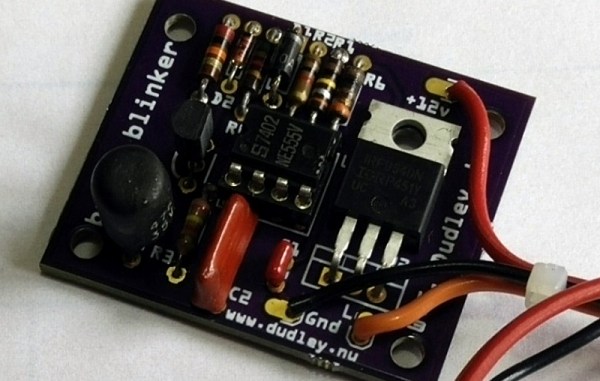There was a time when just about every ham had a pricey VHF or UHF transceiver in their vehicle or on their belt. It was great to talk to friends while driving. You could even make phone calls from anywhere thanks to automatic phone patches. In 1980 cell phones were uncommon, so making a call from your car was sure to get attention.
Today, ham radio gear isn’t as pricey thanks to a flood of imports from companies like Baofeng, Jingtong, and Anytone. While a handheld transceiver is more of an impulse buy, you don’t hear as much chat and phone calls, thanks to the widespread adoption of cell phones. Maybe that’s why [Bastian] had bought a cheap Baofeng radio but never used it.
He was working on a traffic light project and wanted to send an RF signal when the light changes. He realized the Baofeng radio was cheap and cheerful solution. He only needed a way to have the PC generate an audio signal to feed the radio. His answer was to design a UDP packet to audio flow graph in GNU Radio. GNU Radio then feeds the Baofeng. The radio’s built-in VOX function handles transmit switching. You can see a video demonstration, below.


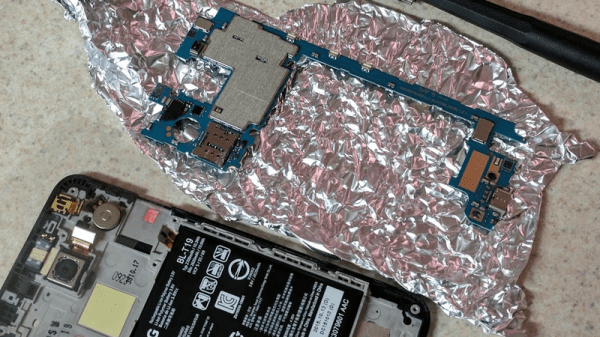
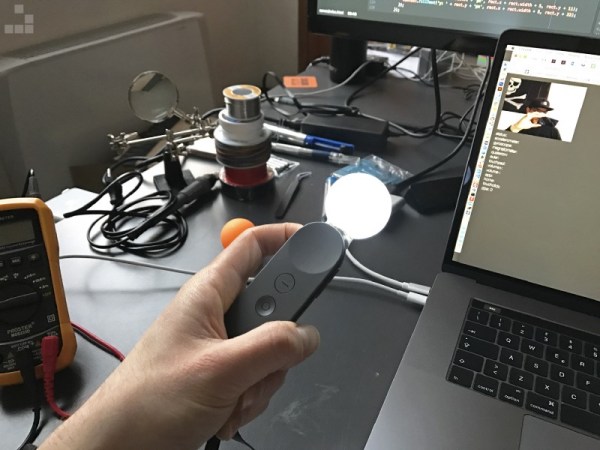
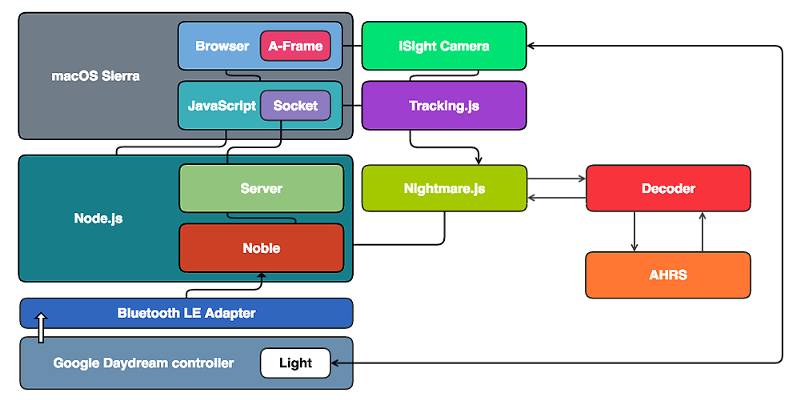


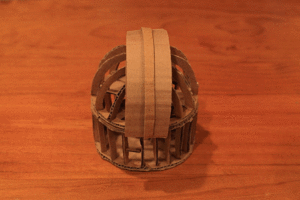 His design started with a cardboard model, and has a downstairs room upon which sits a rotatable dome with two sliding sections to form the observation window. The original observatory’s concrete pillar on which the telescope mount stood remained post-demolition, and a larger concrete pad was laid. There followed the assembly of a steel frame with a skeletal dome able to rotate on rollers, followed by cladding with steel sheet. The dome cladding was done in segments marked against the dome steelwork and cut to shape.
His design started with a cardboard model, and has a downstairs room upon which sits a rotatable dome with two sliding sections to form the observation window. The original observatory’s concrete pillar on which the telescope mount stood remained post-demolition, and a larger concrete pad was laid. There followed the assembly of a steel frame with a skeletal dome able to rotate on rollers, followed by cladding with steel sheet. The dome cladding was done in segments marked against the dome steelwork and cut to shape.
